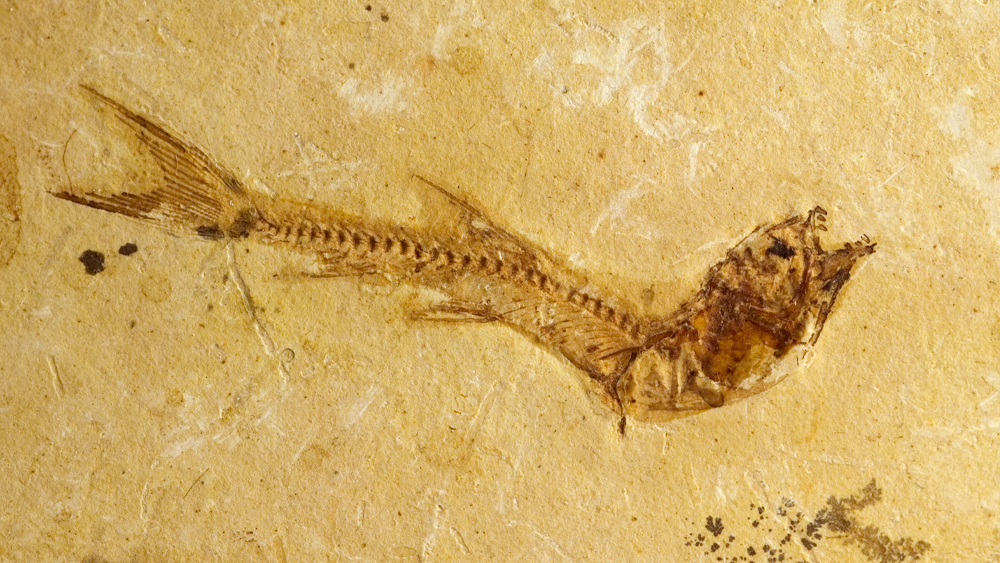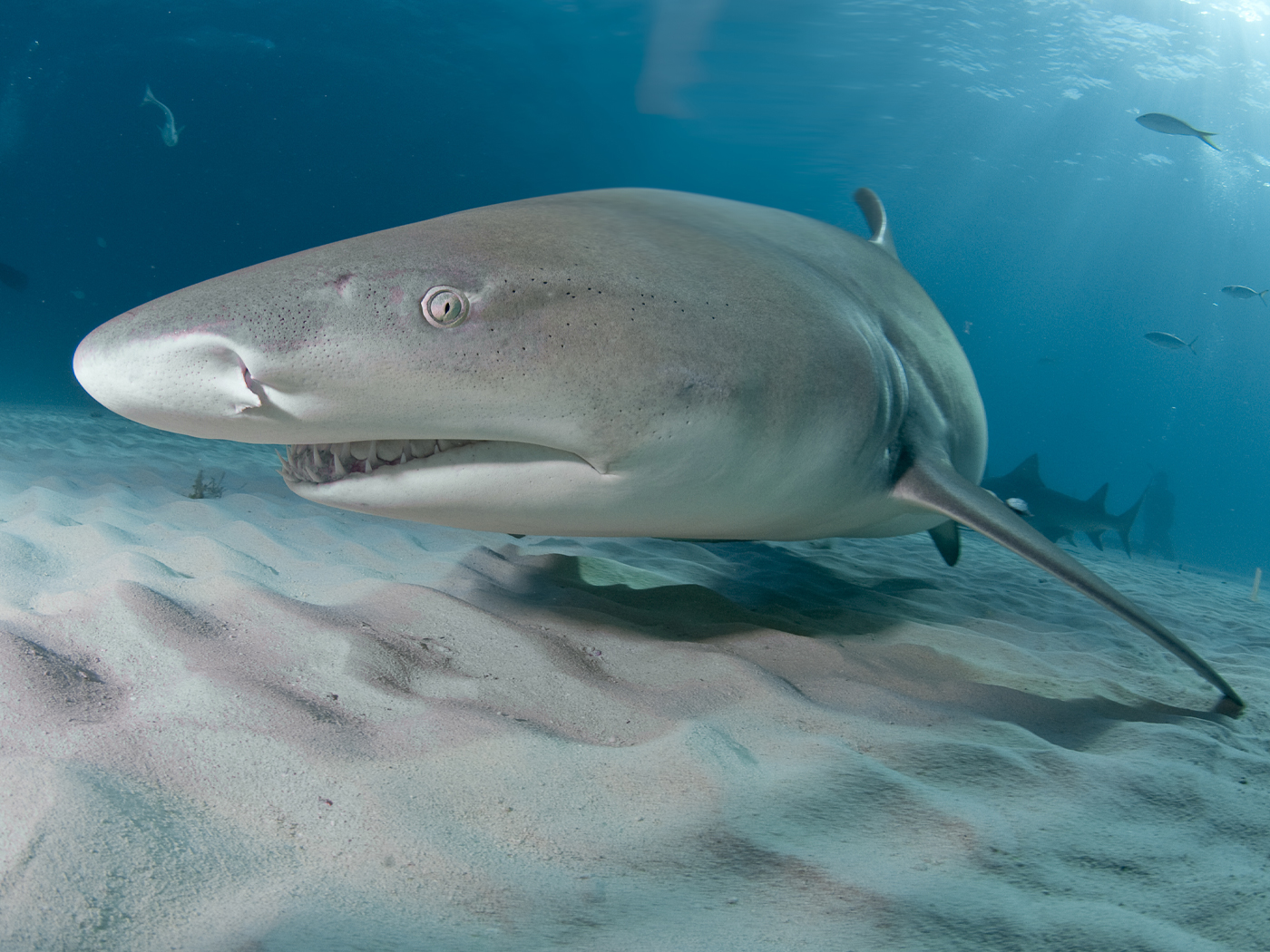A rather unsavory news story recently appeared regarding fossilized vomit. Although it’s hardly dinner table conversation, it nonetheless supports the Flood narrative.
A piece of fossilized vomit was discovered south of Copenhagen, Denmark. It was dated by evolutionists to be “around” 66 million years old and contained “at least two different species of sea lily.”1
Sea lilies (and feather stars or comatulids) make up the class Crinoidea (within the phylum Echinodermata) and are marine invertebrates. The fossil record shows they were quite numerous in the world before the Flood. There are thick layers of Flood sediments (e.g., limestone beds) laid down about 4,500 years ago that contain masses of disarticulated crinoid fragments. One author spoke of a “storm wave base” and described the deposition of crinoidal grainstones.2
They were deposited as event beds, generated probably by storms. The overlying thick complex of well-sorted grainstones composed almost entirely of crinoidal ossicles display widespread erosional bed amalgamation, hummocks and locally wave-formed ripples.2
Sea lilies are made up of a root or holdfast, stalk (composed of miniscule skeletal plates), and calyx (a cuplike cavity). The calyx has five arms that divide into many more arms branching from its base. Each arm is composed of lateral feathery pinnules (barbs). The sea lily feeds by extending its arms out to capture planktonic (food) particles in the water.
A pre-Flood fish, in turn, fed on the sea lilies just before, or during the Flood. After Adam sinned, even the animals started eating other animals, like these sea lilies. This meal is another example of the violence on the pre-Flood earth, even in the oceans. But this meal with its leftover grainstones and ossicles (skeletal parts) evidently did not agree with the fish.
A museum press release stated in regard to the fossilized vomitus, “This type of find…is considered very important when reconstructing past ecosystems because it provides important information about which animals were eaten by which.”1
Creationists additionally see this discovery as a look into the food chain in the pre-Flood world and predict they were much like present food chains.3
References
- ‘An Unusual Find’: 66m-Year-Old Animal Vomit Discovered in Denmark. University of Leicester. Posted on phys.org January 27, 2025.
- Renata, J. 2005. Storm-Dominated Deposition of the Lower Jurassic Crinoidal Limestones in the Krížna Unit, Western Tatra Mountains, Poland. Facies. 50 (3–4): 561–572.
- Johnson, J. 2020. Food Web Ecology Corroborates Scripture. Acts & Facts. 49 (10): 21.
* Dr. Sherwin is a news writer at the Institute for Creation Research. He earned an M.A. in invertebrate zoology from the University of Northern Colorado and received an honorary doctorate of science from Pensacola Christian College.














